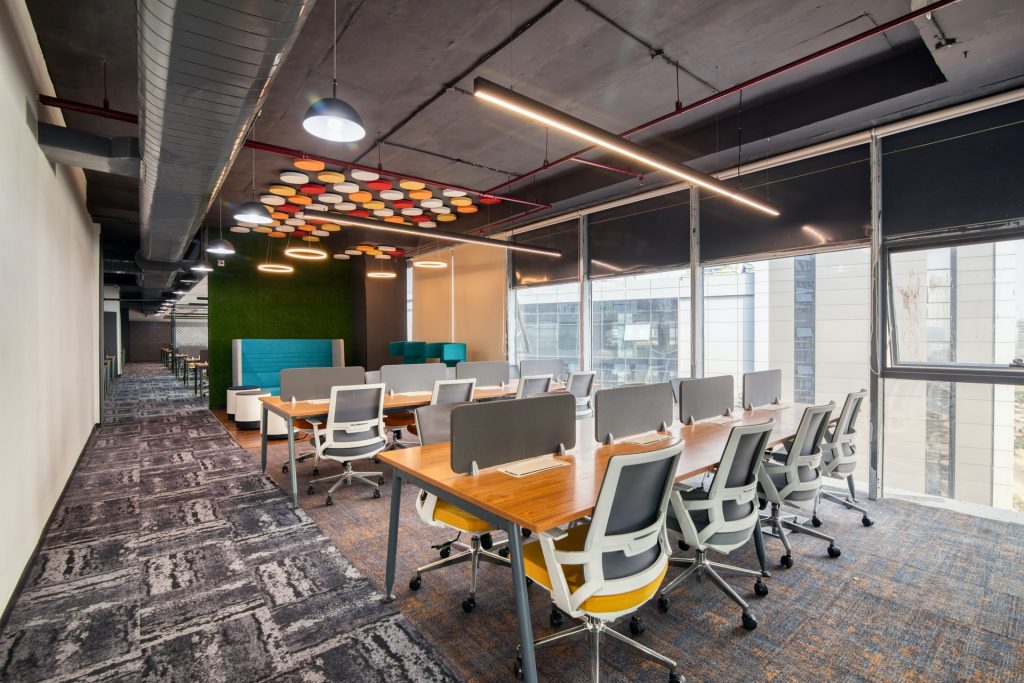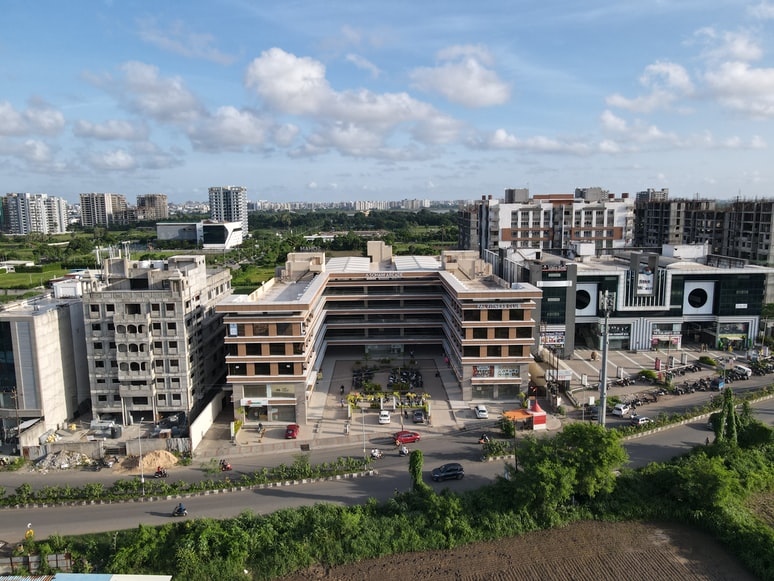When you lease a commercial space, it is not the same process as renting a residential home. Be it the monthly payments or the security amount and the tenure, commercial leasing in India differs significantly from residential renting. CRE Matrix is a real estate data analytics firm that lets stakeholders take a look at the many commercial spaces that have been leased and compare it with others in the market.

When you’re leasing commercial property, do keep in mind that residential rentals are lesser as compared to commercial ones. Moreover, commercial leases are for a longer time period that can range up to five years or more. However, residential rentals are typically for 11 months. While in both the scenarios, the tenant or the lessee rents a property and pays monthly rentals, you will find that the terms and conditions are quite different. Therefore, the relevant question here is how one should go about leasing a commercial property in India.
Pointers to Consider before Leasing Commercial Properties
Property Ownership: The first step includes inspecting if the project is legally owned by the lessor and has a clear title.Moreover, you need to check if there is a ‘no rent or sublet’ connected to the property before signing the leasing agreement. Make sure you also look for the Occupancy Certificate (OC) and the Power of Attorney (PoA).
Rent Agreement: The next step is to examine whether the leasing agreement is suitable for you or not.Make sure that all the terms and conditions that were discussed verbally are laid out in the contract.Every single significant detail such as lease duration, security deposit, etc. needs to be declared in the agreement. Furthermore, the lease agreement needs to be duly signed by all the parties.
Mortgage & Taxes: In the subsequent step, you need to authenticate the income tax status of the lessor. When you look at a commercial property for lease, make sure to confirm if there are any dues unpaid or legal encumbrances. Moreover, it is important to verify the category of the property under the Income Tax Act. It is critical to know whether it is a commercial or residential property according to the Development Control Regulations. The penalty could be levied in case you operate commercial procedures in a residential space.
Agents: It is vital to carry out background checks on property agents and dealers before you appoint them. Take to the preceding clients about their work experience with the broker, the duration is taken to close the deal, and the charges levied. If the agents are apprehensive about letting you contact their ex-clients, it clearly suggests that they are hiding something. Therefore, it would be wise to avoid such types of agents.
To sum up, this is the checklist that needs to be followed before you look at leasing some of the best commercial properties India.
CRE Matrix is a premier real estate data analytics company India that allows stakeholders across various industries to compare commercial leasing data with other companies in the market.
For more such exciting analysis and details on real estate, visit CRE Matrix.







